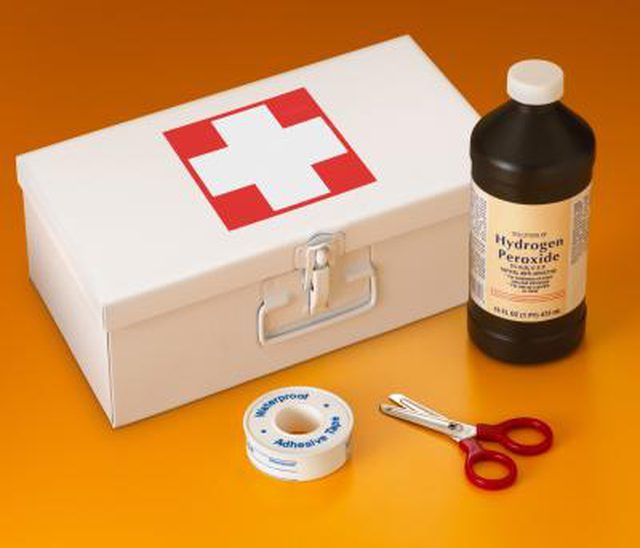Bulbs
Flower Basics
Flower Beds & Specialty Gardens
Flower Garden
Garden Furniture
Garden Gnomes
Garden Seeds
Garden Sheds
Garden Statues
Garden Tools & Supplies
Gardening Basics
Green & Organic
Groundcovers & Vines
Growing Annuals
Growing Basil
Growing Beans
Growing Berries
Growing Blueberries
Growing Cactus
Growing Corn
Growing Cotton
Growing Edibles
Growing Flowers
Growing Garlic
Growing Grapes
Growing Grass
Growing Herbs
Growing Jasmine
Growing Mint
Growing Mushrooms
Orchids
Growing Peanuts
Growing Perennials
Growing Plants
Growing Rosemary
Growing Roses
Growing Strawberries
Growing Sunflowers
Growing Thyme
Growing Tomatoes
Growing Tulips
Growing Vegetables
Herb Basics
Herb Garden
Indoor Growing
Landscaping Basics
Landscaping Patios
Landscaping Plants
Landscaping Shrubs
Landscaping Trees
Landscaping Walks & Pathways
Lawn Basics
Lawn Maintenance
Lawn Mowers
Lawn Ornaments
Lawn Planting
Lawn Tools
Outdoor Growing
Overall Landscape Planning
Pests, Weeds & Problems
Plant Basics
Rock Garden
Rose Garden
Shrubs
Soil
Specialty Gardens
Trees
Vegetable Garden
Yard Maintenance
How to Kill Maggots With Peroxide
How to Kill Maggots With Peroxide. Maggots are the small, slimy larvae of the common household fly, and they can grow in any region that is moist, dark and secluded. They are commonly found in the bottoms of trash cans or in an open wound on your outdoor pet. Discovering a crop of maggots can be disturbing, but because they are immobile they can be...

Maggots are the small, slimy larvae of the common household fly, and they can grow in any region that is moist, dark and secluded. They are commonly found in the bottoms of trash cans or in an open wound on your outdoor pet. Discovering a crop of maggots can be disturbing, but because they are immobile they can be killed quickly. Hydrogen peroxide, a common item in most home first aid kits and medicine cabinets, can be used to kill maggots and any lingering eggs.
Things You'll Need
Beaker
Plastic pipette
Comb
Bristled brush
Plastic bag
Fill a beaker three-quarters full with pure hydrogen peroxide. Top off the beaker with fresh water and swirl to dilute the hydrogen peroxide.
Depress the pipette's bulb, stick the nozzle into the mixture and then release the bulb to fill the pipette.
Hold the nozzle over the maggots and gently squeeze the bulb to dispense the hydrogen peroxide solution. In several seconds, the maggots will die and stop moving. Repeat Steps Two and Three until all of the maggots are dead.
Brush the maggots into a plastic bag or comb them out of the animal's fur into the bag. Seal the bag completely and place it in an outside trash receptacle.
Clean the area using an antibacterial soap and warm water. If the maggots were removed from an animal's wound, visit a veterinary technician immediately.